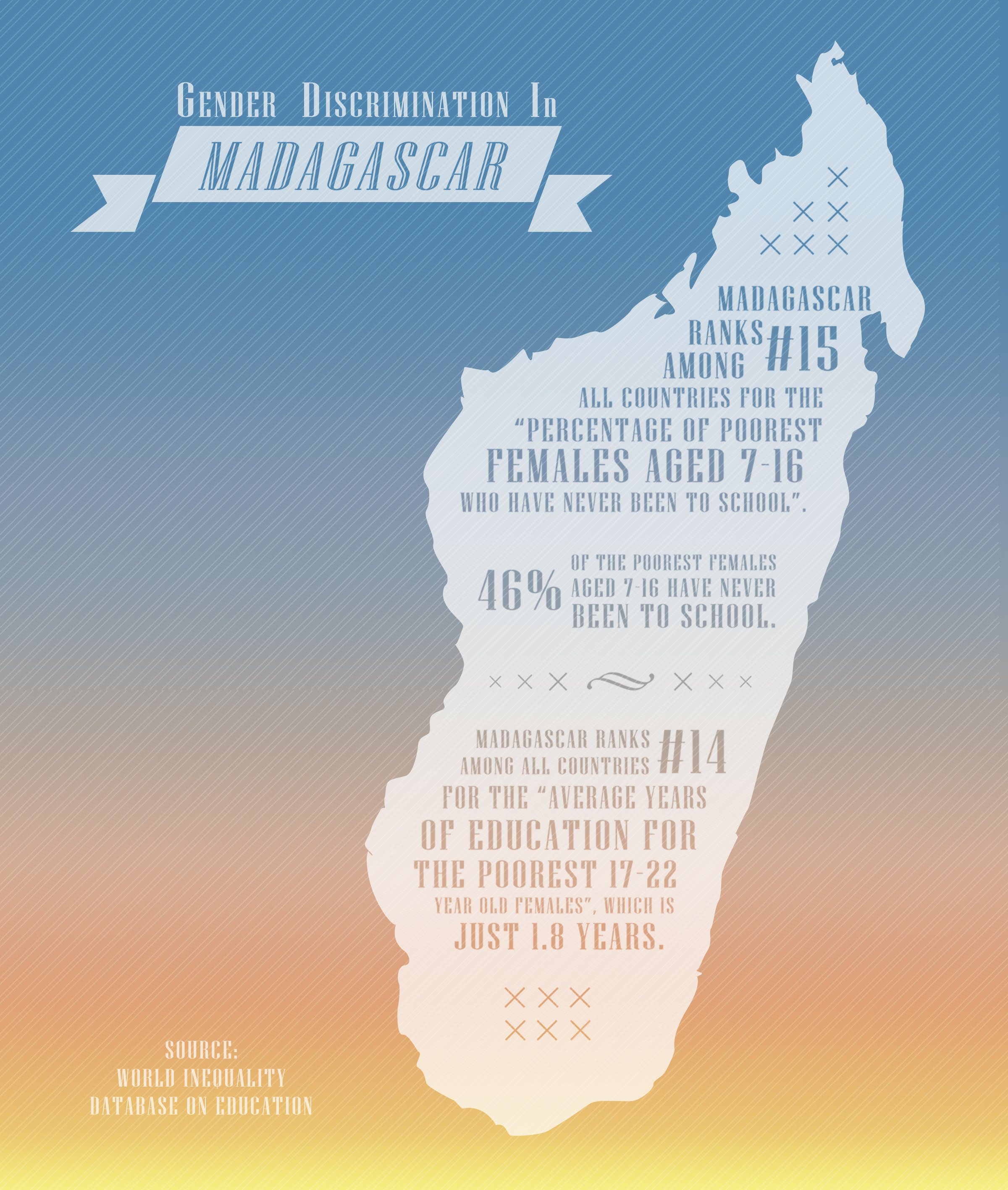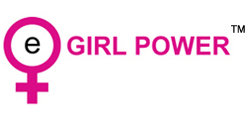What You Didn’t Know about Madagascar
When we hear the word Madagascar, many of us think of the comedy animated film about zoo animals and their adventures in Africa. What many of us don’t know is that Madagascar ranks #15 among countries with the highest percentage of poorest females aged 7-16 who have never been to school. Never. 46 percent of the poorest girls in Madagascar have never gone to school. The country also ranks #14 among countries for the lowest average years of education for the poorest 17-22 year old females. In Madagascar, the average is just 1.8 years of school.
Here’s what else you may not know about Madagascar:
Located on the Southeastern side of Africa, the island of Madagascar is one of the four largest islands in the world. With a population of 23 million people, it is also one of the most poverty stricken and least developed countries. 76 percent of the population is under the poverty line, and of that 56% are extremely poor. The need for advancements and education are obvious but without many resources, it remains a tough problem to alleviate, yet solve. More than ever, the education of girls, reigns high on the ladder of importance.
Children make up half of the population of Madagascar. If a family doesn’t have much money it is the boys they are sending to school, not the girls. Sadly, by the age of 12, most girls are involved in child labor, married or victims of child prostitution. Because the quality of education is poor, many parents struggle with sending their children to school when they know they could be contributing economically to the household instead, especially with half of the population subsiding on less than a dollar a day.
The female literacy rate is currently 64% and while Madagascar is on track to achieve it’s national goals of providing universal primary education and eliminating gender inequalities in primary and secondary education, the absence of government funding has stalled progress. Generally girls have to travel long distances and have fears of being attacked or sold into prostitution. While free, their education does come at a price.
As it stands in Madagascar, half of the workforce has no formal education which also stops them from achieving career advancements. And while primary education is free, the education provided is mediocre at best leading to drop outs and repetition of grades. Strategies have been put in place to encourage girls to stay in school by pairing them up with an older female student, but more progress needs to be made. As the younger generation gets older, education needs to be a priority in order to thwart the vicious cycle of extreme poverty in Madagascar and create a community that doesn’t demand it’s youth to sacrifice opportunities to meet short lived economic gains.

Help eGirl Power fight gender inequality and change the future of hundreds of girls in need through education. Donate now.


